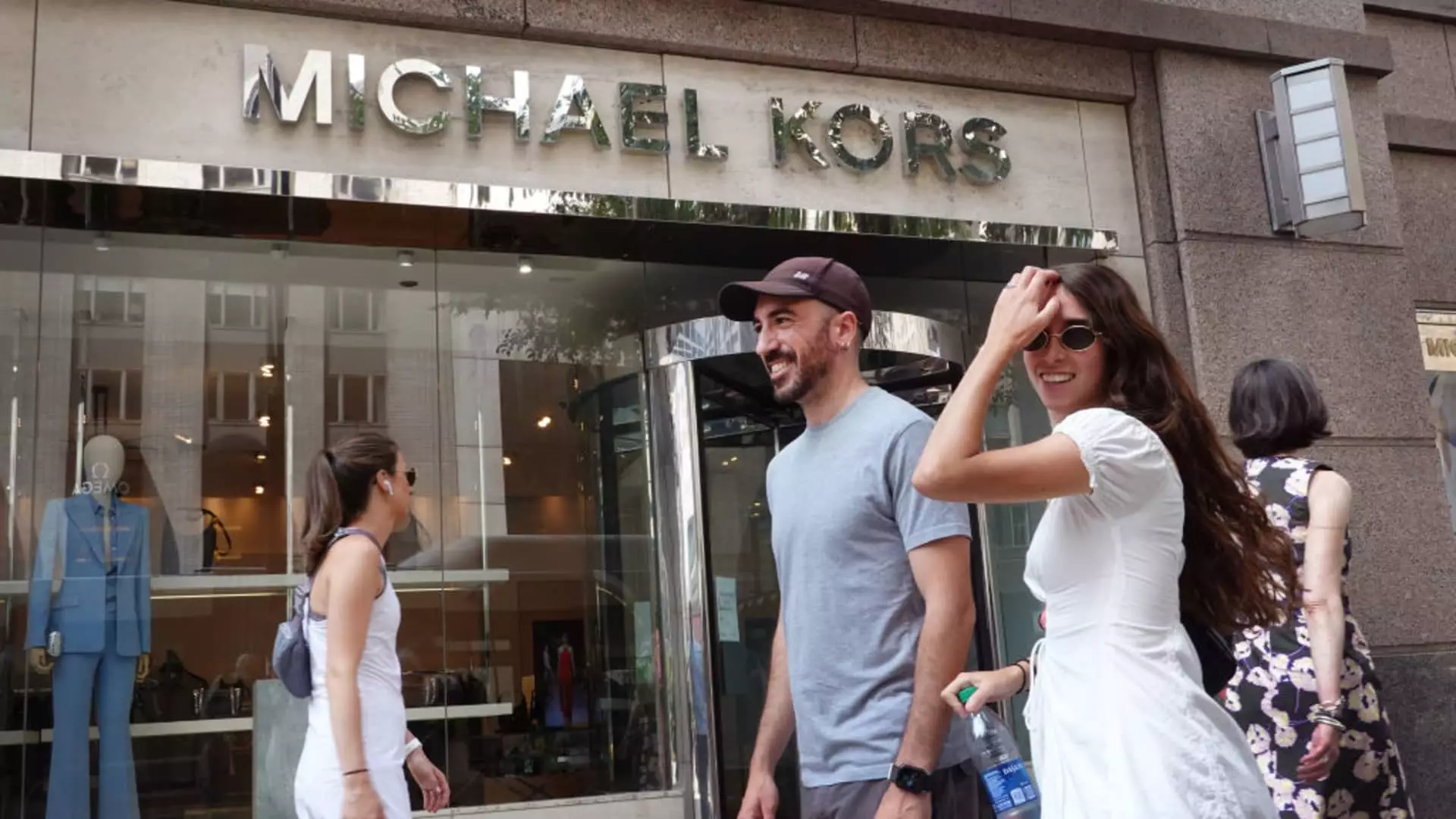In a striking turn of events, the anticipated merger between two U.S. luxury giants, Capri Holdings and Tapestry, was officially called off, showcasing the contentious environment surrounding corporate mergers and acquisitions. Announced abruptly on a Thursday, this significant decision followed legal opposition from the Federal Trade Commission (FTC), whose intervention highlighted the regulatory scrutiny invoked by high-profile business consolidations. The failed $8.5 billion deal, initially unveiled in August 2023, not only disappointed stakeholders but, more importantly, underscored the complexities entwined in the rapidly evolving luxury market.
The FTC’s lawsuit against the merger had been based on its implications for consumers and employees alike. By arguing that the merger would diminish market competition, the agency positioned itself as a guardian of consumer rights, seeking to preserve a diverse marketplace. This perspective reflects a broader regulatory trend focused on preventing monopolistic behaviors in consumer industries—a crucial matter in the context of luxury retail, where brand exclusivity is paramount. Crucially, the federal court’s ruling in favor of the FTC added a layer of legitimacy to the agency’s stance, placing further pressure on both Tapestry and Capri to reconsider their strategic paths.
While the end of the merger marked a temporary setback, Capri’s CEO, John Idol, insisted on a forward-looking strategy as a response to the turmoil. In his statement, he articulated confidence in Capri’s ability to navigate its future independently. Idol emphasized the company’s commitment to revitalizing its prominent brands—specifically, Michael Kors, which has been a struggling yet iconic name. This commitment to internal growth over external collaboration indicates a determined pivot towards enhancing brand desirability through innovation and strategic marketing efforts. Idol’s comments suggest that the luxury titan will not only retool its operations but also recommit to its identity within the luxury arena.
On the other side of the fallout, Tapestry has also signaled a commitment to growth—albeit through different means. The company outlined a bold plan to redirect funds previously earmarked for the acquisition into a significant $2 billion stock repurchase. Tapestry’s CEO, Joanne Crevoiserat, showcased her confidence that the company possessed sufficient avenues for growth without the need for a merger. This pivot not only underscores Tapestry’s entrepreneurial spirit but also reflects its intention to solidify its existing brand portfolio—Team Coach, Kate Spade, and Stuart Weitzman must now bear the torch without the anticipated support from Capri’s luxury offerings.
The immediate market reaction encapsulated the distinct trajectories of the two corporations post-merger cancellation. Following the unfavorable ruling, Capri’s shares plummeted nearly 50%, painting a bleak picture of investor sentiment towards the brand’s prospects. Conversely, Tapestry’s stock saw an uptick, with gains exceeding 10%. This stark contrast reinforces the notion of perception versus reality in financial markets, where the projected viability of a corporate strategy can vastly differ based on regulatory outcomes and consumer confidence.
Despite the swirl of disappointment surrounding the termination of the merger, both companies now find themselves at a crossroads rich with potential. Capri is poised to pursue a reimagining of its brands through innovative strategies and enhanced consumer engagement, while Tapestry aims to leverage its existing strengths to foster organic growth. In an environment where perceived luxury plays a critical role in purchasing decisions, establishing a unique brand voice across all communications will be crucial for both entities.
The unsuccessful merger between Capri and Tapestry encapsulates a narrative of resilience amid adversity, challenging each company to introspect and recalibrate its growth strategies. The fallout from this high-profile deal serves as a reminder that in the world of luxury retail, competitiveness hinges not only on mergers and acquisitions but also on brand identity, consumer engagement, and regulatory landscapes. As both entities embark upon their respective journeys, the luxury industry watches with interest, keen to see how these titans will redefine their paths in an ever-evolving marketplace.

